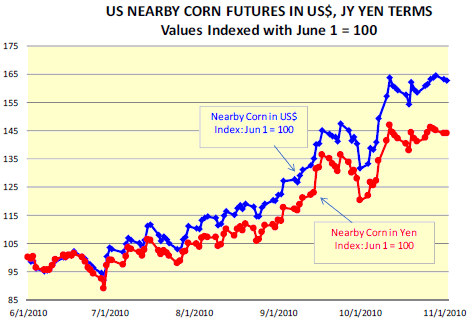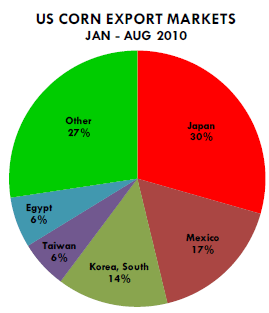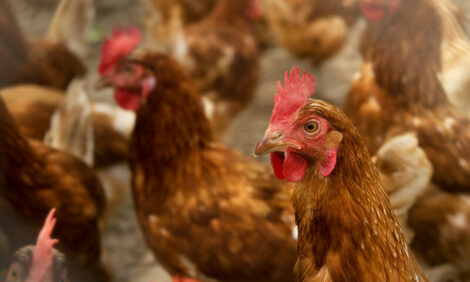



CME: Feed Market to Start Focusing on Demand
US - Feed prices remain a hot topic in the livestock complex and we should get some additional information from USDA when it updates its supply and demand estimates on 9 November, write Steve Meyer and Len Steiner.At this time the market still does not have a firm grasp of the total supply coming from this year’s harvest. There is some expectation that USDA will further lower its yield estimate. Harvest has been relatively good in some of the northern states and it remains to be seen if that will be sufficient to offset the disappointing results of the harvest in other states. We will provide a more complete update on this once we receive the regular analyst survey prior to the report.
As the supply questions are settled, the market will start to focus more intently on the demand side in the grain complex. According to the latest USDA report (which will be updated next week), the total US corn supply for the marketing year which started on 1 September was estimated at 14.382 billion bushels. Of this supply, 1.708 billion bushels was inherited from last year and 12.664 billion bushels was expected to come from this year’s harvest. Those numbers are still up in the air but should become clearer next week.
The US ethanol industry is estimated to use about 4.7 billion bushels of corn, or 33 per cent of the available supply for this marketing year, another 10 per cent or 1.380 billion bushels is expected to go for industrial uses and seed, while exports are expected to take 2 billion bushels or 14 per cent. The remainder of the available supply is expected to go into animal feed and residual, which is one word moniker for ‘we know it got used up but don’t know where it went.’ All of these demand issues will be closely observed.
One issue that has gained prominence in recent days is the outlook for US grain exports in light of a weaker US currency. Through the first eight months of the year, almost half of all US corn exports went to Japan, S. Korea and Taiwan. The Japanese yen has been steadily appreciating against the US currency since June. This means that while US nearby corn futures have appreciated by almost 65 per cent since 1 June, in Japanese Yen terms, prices have appreciated only 45 per cent, a difference that provides Japanese buyers an edge vs. their US counterparts.

Corn prices are expected to remain high through next year and this should ration some of the export demand. But a weaker US currency will blunt some of the impact of the higher US prices. No one really knows how weak the US currency will get now that the FED has decided to crank the printing presses. What is known is that a weak dollar will be one more factor fueling inflation in feed and eventually livestock prices.












